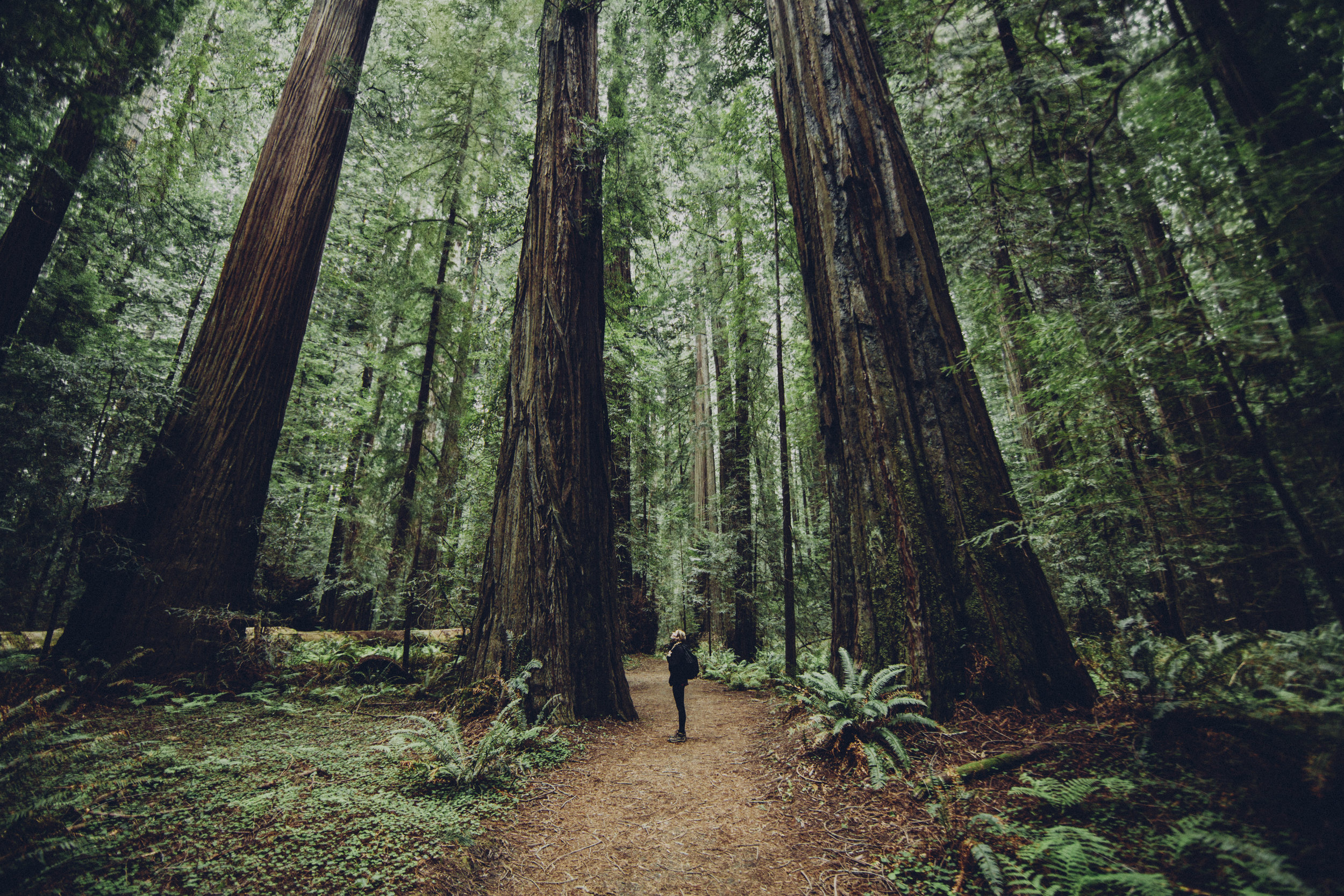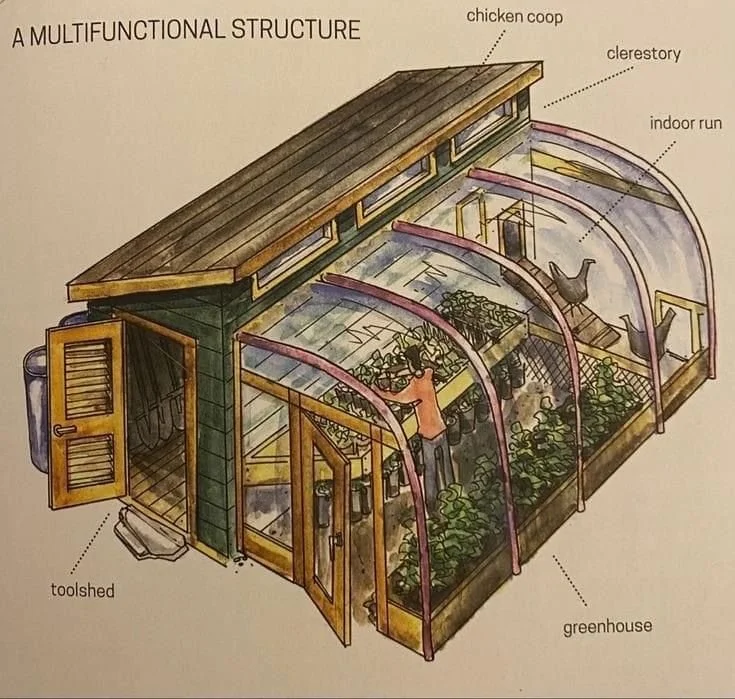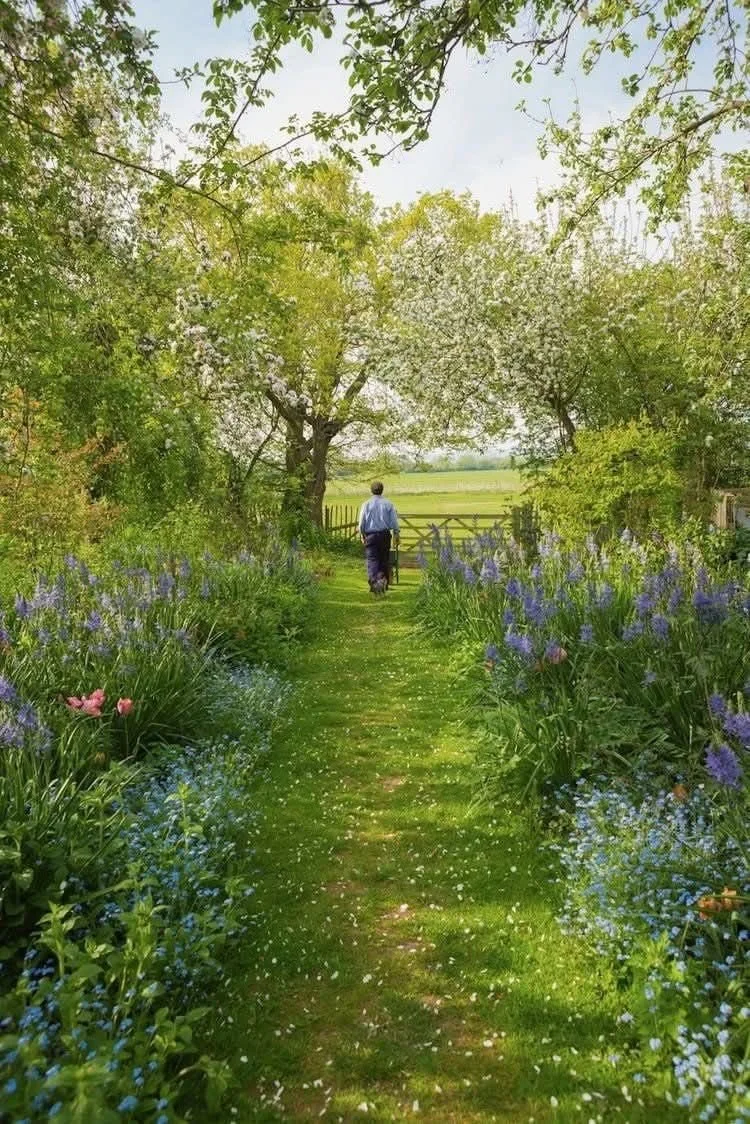
Earth Regeneration
Starts With You
Hello!
We are dedicated advocates and practitioners of Permaculture, excited to share our knowledge and learn from others. Join us!
FIRST OF ALL:
What is Permaculture?
Permaculture is a sustainable design method that mimics the patterns and relationships found in nature to create self-sufficient environments.
For instance:
Growing a vegetable garden that combines mutually supportive plants such as vegetables, fruit, and flowers, reduces the need for pesticides and chemical fertilisers.
Another example would be rainwater harvesting to irrigate plants, making efficient use of natural resources.
A crucial aspect is also social permaculture as a collaborative practice deeply connected to community building and environmental justice.
Numerous organizations, events, and groups at local, national, and global levels demonstrate different aspects and approaches to social permaculture as a way to shift societal norms!
SECONDLY:
Why should you care?
Permaculture empowers us to care for ourselves and the environment in a mutually beneficial way. Imagine turning your garden into a self-sufficient paradise, where every plant and animal works together to create a lush, waste-free habitat.
Living in harmony with nature is not only good for the environment, but also for you, making you part of a healthier and more resilient community. By supporting a community focused on sustainable relationships, we can strengthen our connection with Earth. A dynamic network of mutually beneficial and ethical interactions generates a positive feedback loop between people and the environment.




